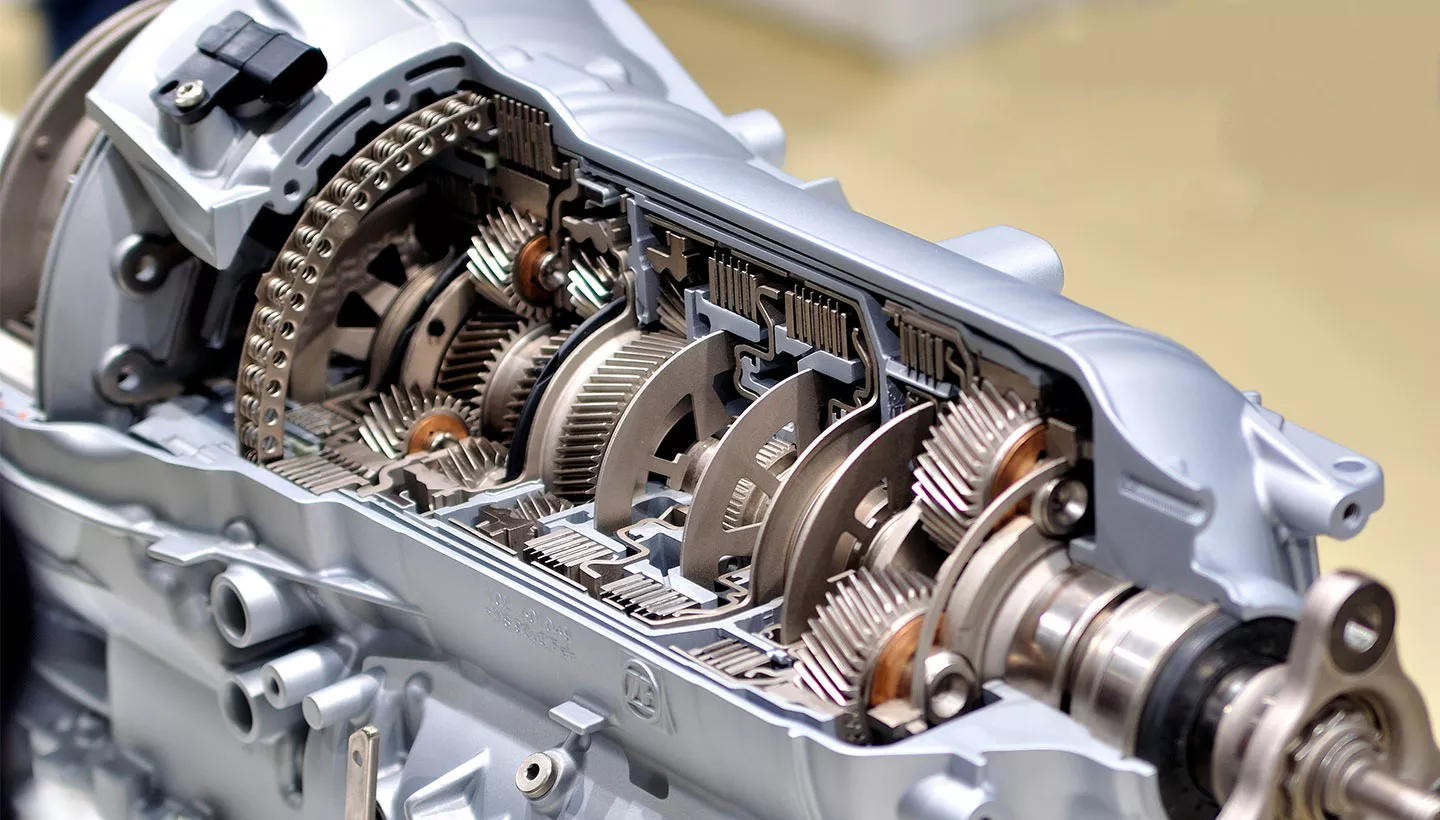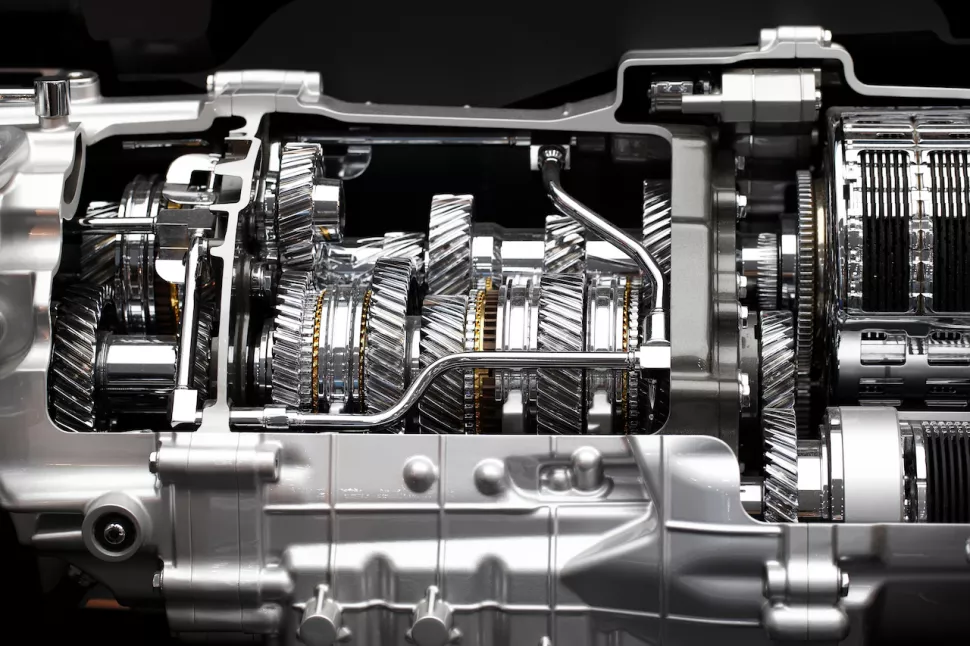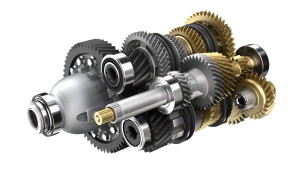Product Description
| Name of an article | Differential assembly |
| Model | 45830-3B450 |
| Car make and model | Hyundai CHINAMFG models |
| Quality | New original |
| Delivery time | 2-3 days in stock and 15-30 days out of stock |
| Port | ZheJiang /HangZhou/ZheJiang /or the port you want |
| Mode of transport | Air/sea/land transport |
| After-sales Service: | Customer First, Quality First |
|---|---|
| Warranty: | Customer First, Quality First |
| Type: | Planetary Gear Box, Transmission System |
| Samples: |
US$ 157/Piece
1 Piece(Min.Order) | Order Sample |
|---|
| Customization: |
Available
| Customized Request |
|---|
.shipping-cost-tm .tm-status-off{background: none;padding:0;color: #1470cc}
|
Shipping Cost:
Estimated freight per unit. |
about shipping cost and estimated delivery time. |
|---|
| Payment Method: |
|
|---|---|
|
Initial Payment Full Payment |
| Currency: | US$ |
|---|
| Return&refunds: | You can apply for a refund up to 30 days after receipt of the products. |
|---|
How does a synchronized transmission system operate in manual cars?
A synchronized transmission system is a key component of manual transmissions in cars. Here’s a detailed explanation:
1. Purpose of Synchronized Transmission:
The purpose of a synchronized transmission system is to facilitate smooth and effortless shifting between gears in a manual transmission. It ensures that the rotational speeds of the input shaft (connected to the engine) and the output shaft (connected to the wheels) match before engaging the selected gear.
2. Synchronizer Rings:
The synchronized transmission system utilizes synchronizer rings, also known as synchro rings or blockers, to achieve synchronization. These rings are mounted on the transmission’s main shaft and are responsible for equalizing rotational speeds between the input and output shafts.
3. Cone Clutch Design:
The synchronizer rings feature a cone clutch design. When the driver selects a gear using the gear lever, the synchro ring corresponding to that gear slides over the gear’s dog teeth on the output shaft. The synchro ring and the dog teeth have matching cone-shaped surfaces.
4. Friction and Synchronization:
As the synchro ring engages with the dog teeth, it creates friction between the cone surfaces. This friction helps equalize the speeds of the input and output shafts. The synchro ring synchronizes the rotational speeds of the selected gear and the output shaft, allowing for smooth gear engagement.
5. Blocking and Engagement:
Once the rotational speeds are synchronized, the driver can easily engage the selected gear by pressing the clutch pedal and shifting the gear lever. The synchro rings facilitate the engagement by temporarily blocking the dog teeth on the output shaft, allowing the gears to mesh smoothly without grinding or clashing.
6. Double-Clutching:
In some older manual transmissions or vehicles with non-synchronized transmissions, a technique called double-clutching is required for smooth gear engagement. Double-clutching involves an additional step of disengaging the clutch after shifting out of the current gear, briefly engaging the clutch to match the engine speed with the transmission speed, and then shifting into the desired gear while the clutch is disengaged again. This technique is not necessary in modern synchronized transmissions.
7. Benefits of Synchronized Transmission:
The synchronized transmission system offers several benefits, including:
- Smooth shifting: The synchronizer rings enable seamless and smooth gear shifts, enhancing the overall driving experience.
- Reduced wear and tear: By equalizing rotational speeds before gear engagement, the synchronized transmission system minimizes wear and tear on the gears, synchro rings, and other transmission components.
- User-friendly operation: Synchronized transmissions are user-friendly, allowing drivers to shift gears effortlessly without the need for complex techniques like double-clutching.
In summary, a synchronized transmission system in manual cars utilizes synchronizer rings with cone clutch design to synchronize the rotational speeds of the input and output shafts. This enables smooth gear engagement and seamless shifting between gears, providing a user-friendly and efficient driving experience.
Can you explain the concept of downshifting and upshifting in an automobile?
Downshifting and upshifting are fundamental concepts in operating a manual transmission vehicle. Here’s a detailed explanation:
1. Upshifting:
Upshifting refers to the process of shifting to a higher gear while driving. It involves moving the gear lever from a lower-numbered gear to a higher-numbered gear. The purpose of upshifting is to increase the vehicle’s speed while maintaining fuel efficiency and reducing engine RPM. Upshifting is typically done as the engine reaches its optimal RPM range or when the vehicle has gained sufficient speed in the current gear.
2. Downshifting:
Downshifting is the opposite of upshifting and involves shifting to a lower gear. It requires moving the gear lever from a higher-numbered gear to a lower-numbered gear. Downshifting is used to decrease the vehicle’s speed, increase engine RPM, and provide more power when needed, such as during overtaking, ascending steep hills, or slowing down. It allows the engine to operate at a higher RPM range, providing better acceleration and engine braking.
3. Rev Matching:
When downshifting, an important technique called “rev matching” is often employed. Rev matching involves synchronizing the engine speed (RPM) with the rotational speed of the transmission and wheels for a smooth gear engagement. By blipping the throttle or “heel-and-toe” technique, the driver matches the engine RPM to the desired speed in the lower gear before engaging the clutch and shifting down. Rev matching minimizes drivetrain shock, reduces wear on the clutch, and ensures a seamless transition between gears.
4. Benefits of Downshifting:
Downshifting offers several benefits, including:
- Improved acceleration: Downshifting to a lower gear provides more power and torque, allowing for quicker acceleration when needed.
- Engine braking: By downshifting and utilizing engine braking, drivers can slow down the vehicle without relying solely on the brakes. This can help maintain control, reduce brake wear, and prevent overheating of the braking system on long descents.
- Responsive driving: Downshifting allows drivers to have better control over the vehicle’s speed and responsiveness, especially in situations where immediate power is required.
5. Automatic Transmissions:
While the concept of upshifting and downshifting primarily applies to manual transmissions, modern automatic transmissions also incorporate similar principles. Automatic transmissions automatically shift gears based on factors such as vehicle speed, engine load, and driver input. They can upshift and downshift to optimize fuel efficiency, provide smooth acceleration, and deliver appropriate power based on driving conditions.
In summary, upshifting involves shifting to a higher gear to increase speed and maintain fuel efficiency, while downshifting involves shifting to a lower gear to decrease speed, increase power, and utilize engine braking. Downshifting offers benefits such as improved acceleration, engine braking, and responsive driving. Understanding the concept of shifting gears is essential for manual transmission operation and can enhance the driving experience and control over the vehicle.
What is an automobile gear and how does it function in a vehicle?
An automobile gear is a mechanical component used in vehicles to transmit power from the engine to the wheels, allowing the vehicle to move forward or backward at different speeds. Here’s a detailed explanation of its function:
In a vehicle, the engine produces rotational power or torque. This power needs to be transmitted to the wheels in a controlled manner to enable the vehicle to move. The automobile gear system performs this task.
The primary function of the automobile gear is to change the gear ratio between the engine and the wheels, thereby adjusting the speed and torque output. It allows the engine to operate efficiently across a wide range of vehicle speeds and load conditions.
The most common type of automobile gear system is the manual transmission, consisting of multiple gears arranged in a specific sequence. The driver selects the appropriate gear based on the desired speed and road conditions.
When the driver shifts gears, the gearshift mechanism engages a specific gear combination. Each gear has a different gear ratio, which determines the speed and torque output. The lower gears provide higher torque output but lower vehicle speed, while the higher gears allow for higher speed but lower torque.
When starting the vehicle from a standstill, the driver typically engages the first gear, which provides the highest torque output. As the vehicle gains speed, the driver shifts to higher gears to increase the speed while maintaining optimal engine performance.
Inside the transmission, the gears are mounted on shafts and connected to the engine and the wheels through a series of gears, shafts, and clutches. When a gear is engaged, power is transmitted from the engine through the input shaft, and the corresponding output shaft connected to the wheels rotates at a speed determined by the gear ratio.
The gear ratio is the ratio of the number of teeth on the driving gear (connected to the engine) to the number of teeth on the driven gear (connected to the wheels). By changing the gear ratio, the speed of the wheels relative to the engine speed can be adjusted.
In addition to manual transmissions, there are also automatic transmissions and continuously variable transmissions (CVTs) used in vehicles. These transmission types use different mechanisms, such as planetary gearsets or pulley systems, to achieve gear ratio changes automatically without direct driver intervention.
Overall, the automobile gear system plays a crucial role in transferring power from the engine to the wheels, allowing the vehicle to move at different speeds. It enables the driver to control the vehicle’s acceleration, speed, and overall performance by selecting the appropriate gear ratio based on the driving conditions.
editor by CX 2023-11-06




